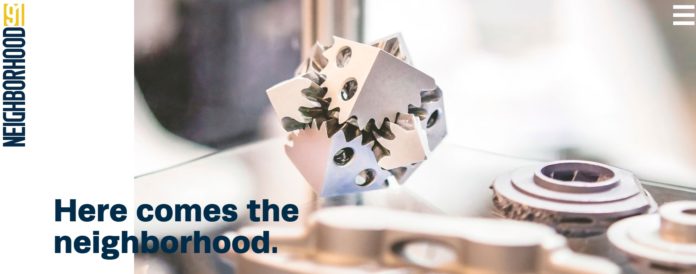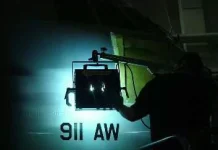Pittsburgh International Airport has announced plans for Neighborhood 91, the world’s first development to condense and connect all components of the additive manufacturing/3D printing supply chain into one powerful production neighborhood concept.
Neighborhood 91, developed in conjunction with the University of Pittsburgh, is the first development of the 195-acre Pittsburgh Airport Innovation Campus and will be built adjacent to the airport terminal and runway. Argon gas supplier Arencibia has committed to be the anchor tenant.
“The Pittsburgh region has always been a world leader in manufacturing,” said Allegheny County Executive Rich Fitzgerald. “Now that industry has evolved into additive manufacturing and 3D printing, and through Neighborhood 91, we have laid the groundwork to become the global epicenter. The neighborhood concept will create enormous efficiencies but just as important is leveraging our region’s universities, which will provide necessary research and development and fuel the workforce to the fill these jobs.”
The name Neighborhood 91 is based on Pittsburgh’s 90 distinct neighborhoods with the 91st being a key component to additive manufacturing into the future. Construction will begin next year.
The University of Pittsburgh is a key partner in the development of Neighborhood 91 – both for its research and development and workforce development. The university’s dual strengths of applied additive manufacturing and supply chain research, in addition to piloting programs to augment the professional pipeline, help fuel the neighborhood concept.
The Neighborhood 91 concept is based on shared capital resources at the core of the development. It will house a complete end-to-end ecosystem offering:
- Powder, parts, post-production, testing and analysis
- Communal powder storage facilities
- Efficiencies in production/post-production and delivery
- Tenants’ clients cost savings from on-demand printing
- Reduced transportation costs
- Airport access
And perhaps the most important: argon, helium and other noble gases, which are essential elements of additive manufacturing, reaching up to 60% of additive manufacturing costs.
As part of Neighborhood 91, the airport is planning to construct a second microgrid to power the development to further increase cost savings for tenants.
Officials have estimated that manufacturing lead times will shrink by 80 percent and transportation costs by even more.
For more information, visit www.Neighborhood91.com.






